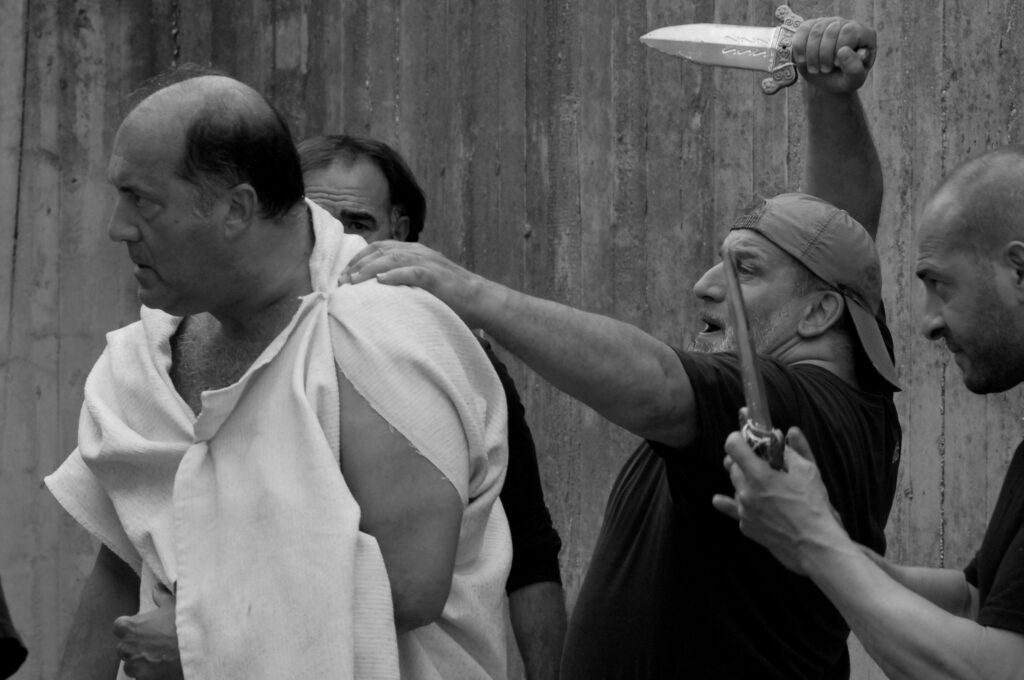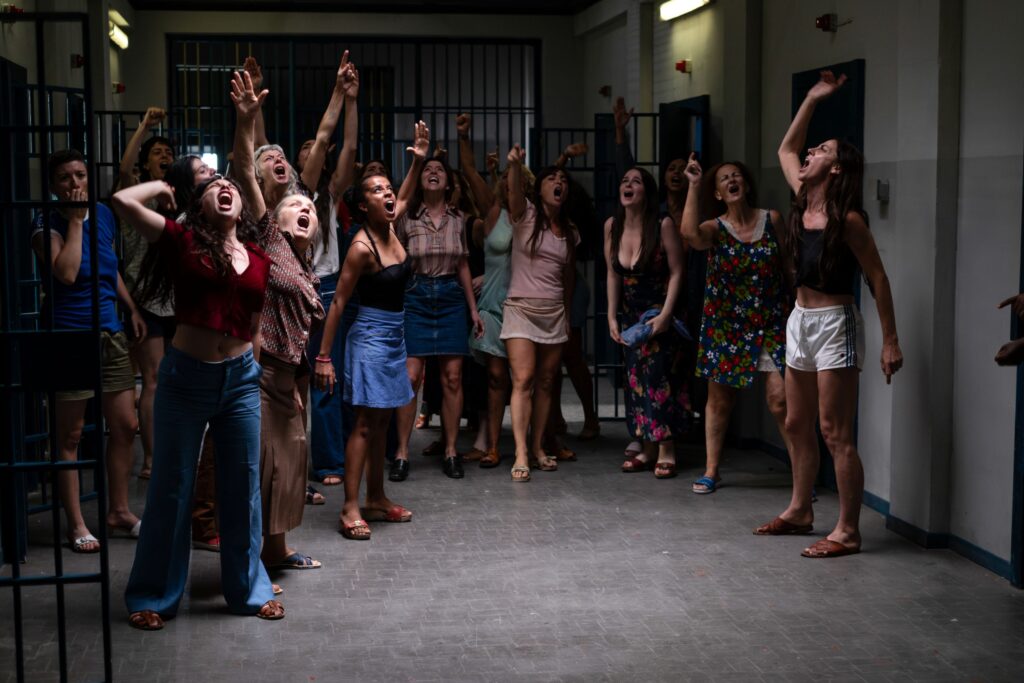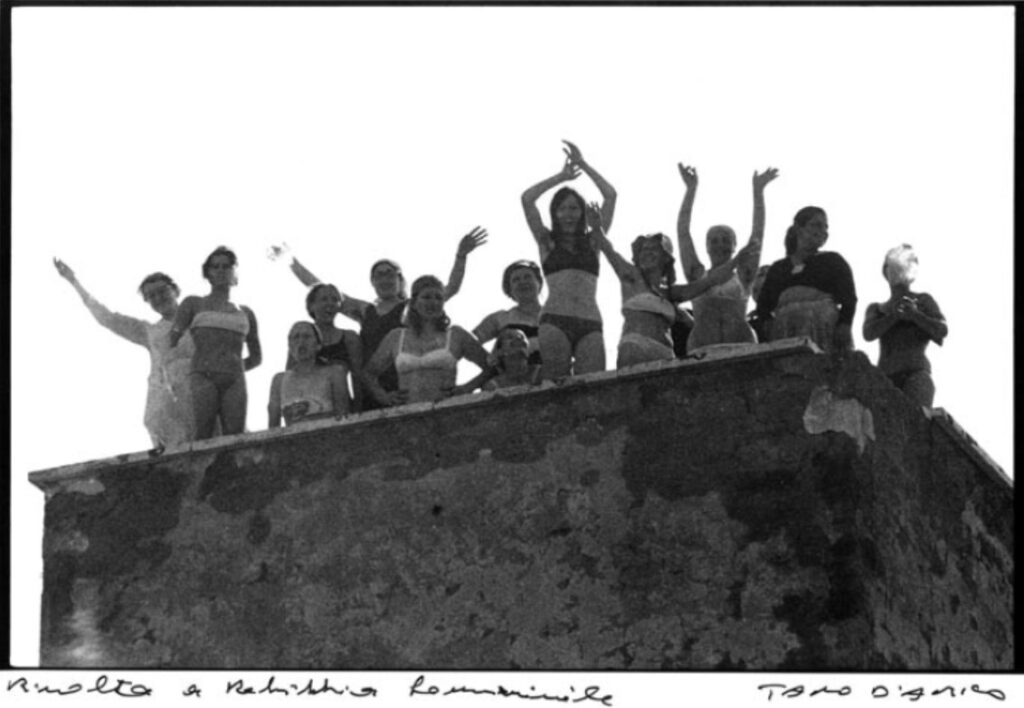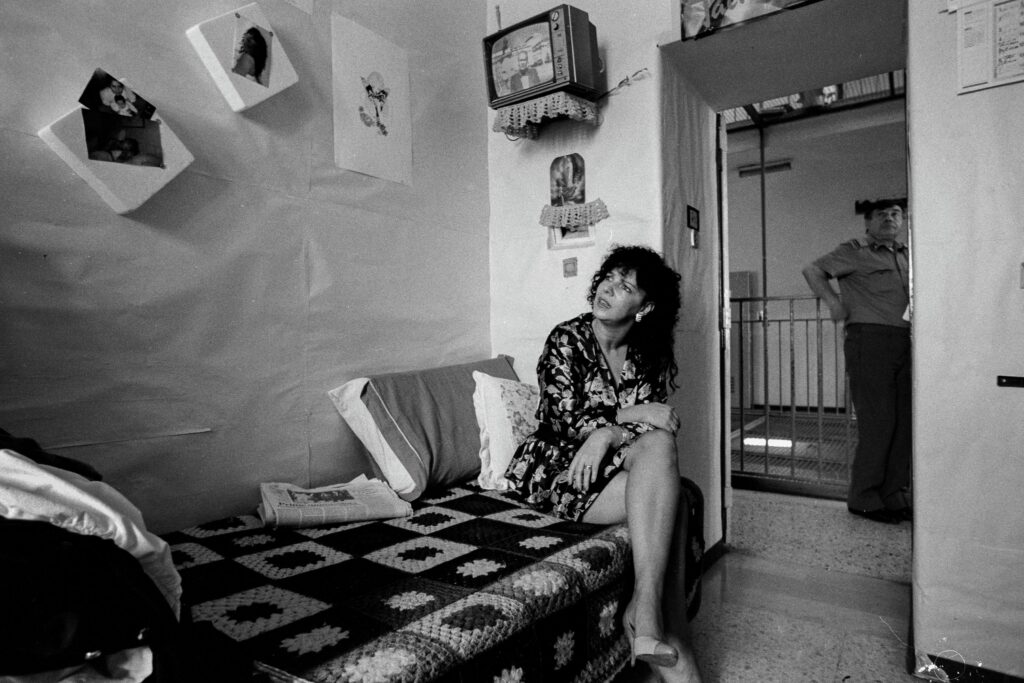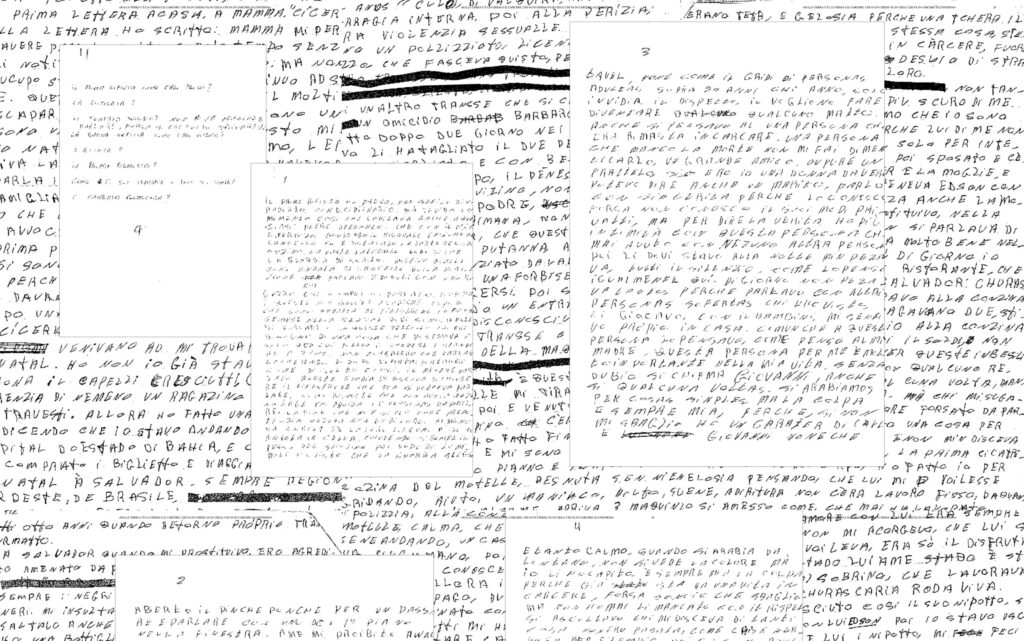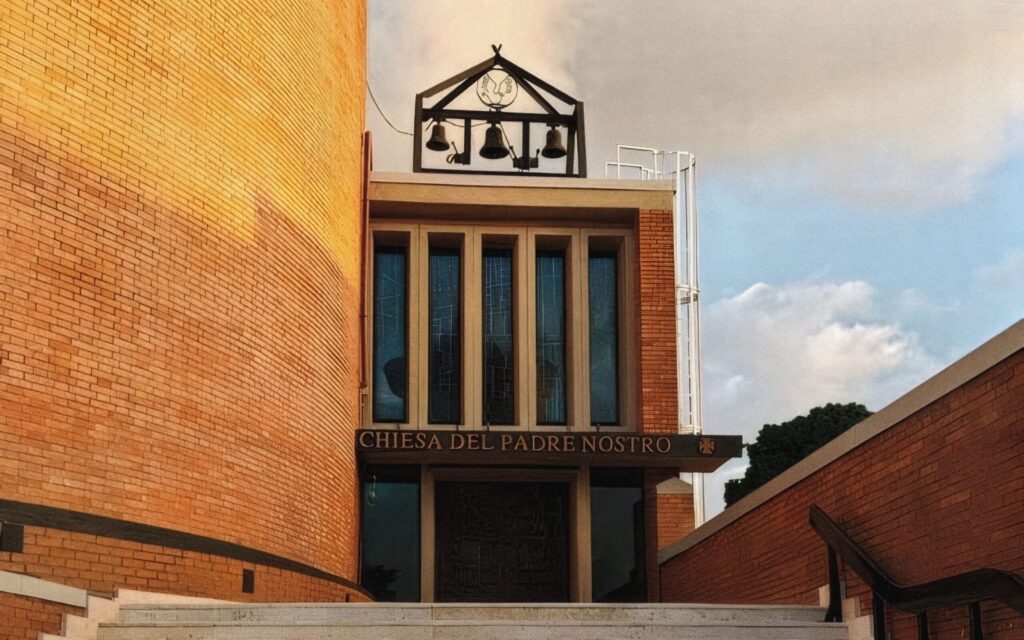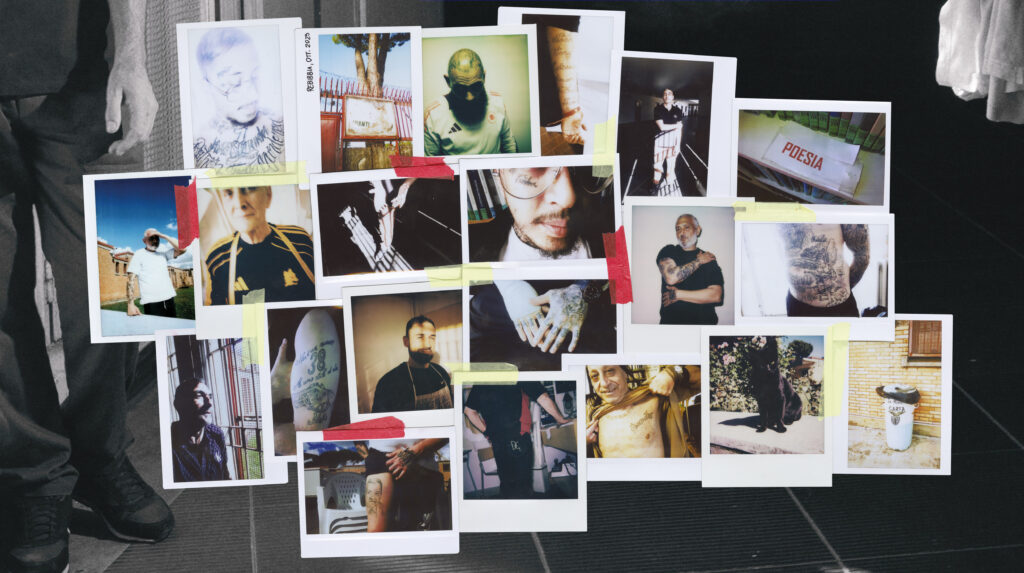I Do What I Want

The history of Lagos’s culture is incomplete without its subversive mavericks. For much of the last five decades, the coastal city—West Africa’s de facto entertainment capital—has played host to several figures with dreams of reshaping wider culture in their unique fashion. Whether it is afrobeat firebrand, Fela Anikulapo-Kuti, freewheeling iconoclast, Charlie Boy, or soul songbird, Asa, there has always been an alternative spirit kept alive by outliers based in different parts of the city. The only impediment to a truly unifying alternative culture has always been the lack of a community that united all these disparate tribes. That continued to be the case until alté came on the Lagos social scene.
Alté, a disruptive response to Nigeria’s conservative and restrictive culture, emerged in the late 2000s among a loose group of friends and social acquaintances in Lagos. Presented as a way of thinking that prioritised self-expression and authenticity, the movement chiefly took inspiration from the internet, looking to Western influence to better curate and explore African culture on their terms. In its earliest iteration, groups like L.O.S, Show Dem Camp, and DRB Lasgidi provided a musical accompaniment to the movement’s identity, distilling the experimental ethos of the community into songs that served as soundtracks to the earliest events hosted by the community.
Alté, a disruptive response to Nigeria’s conservative and restrictive culture, emerged in the late 2000s among a loose group of friends and social acquaintances in Lagos.
Initially, it was difficult for the community to get local support. Almost neatly divided between its working-class mainland such as Mushin and Agege and upper-class Island areas like Victoria Island and Ikoyi, Lagos’s socio-economic divide mirrors the city’s geographic design with very few opportunities for social mingling; at least before the explosion of the internet in the late 2010s. Historically, contemporary Nigerians had been led by artists who originated from various parts of Lagos’s mainland, but alté’s rise, fronted by artists who lived and operated primarily on the Island, marked a profound shift. “When we started, the music scene was heavily focused on Afrobeats and more commercially driven music,” BOJ, one-third of DRB Lasgidi, says. “There wasn’t much space for alternative acts, especially artists blending different influences with local sounds. It wasn’t always easy because mainstream acceptance wasn’t immediate, but we built a strong following. People who connected with our sound found us, and that grew into a community.”


On-set photos from Better Days by Odunsi (The Engine) courtesy of Ademola Falomo
As a kid growing up in the early 2010s, Bamise Oyetayo remembers waiting up to tune in to Douglas Jekan’s 11 P.M. slot on The Beat 99 F.M. As part of his Pushing Good Music initiative, the radio host would play a wide selection of alternative music from that era. “He used to play songs that you’d not hear anywhere else,” Oyetayo, a Lagos-based writer, tells me. The experimental texture and tone of the music being made by these alternative acts stood at odds with the fast-paced afrobeats that people were used to. Still, the ethos of the community appealed to an increasing number of young people from diverse socio-economic backgrounds.
On his 2014 track, “Paper,” Boj christened the movement after referring to himself as an “alté guy.” The name arrived just in time for the second wave of the movement that would explode alté to a global audience. Led by Santi (now Cruel Santino), Odunsi (The Engine), Lady Donli, and Tay Iwar, this new generation of stars took the DIY approach of their predecessors and used it to create freewheeling music—with influences from neo-R&B, 1970s jazz and funk, and dream-pop—that served as the basis of what alté music is and can aspire towards. Forgoing mainstream acceptance, this crop of artists would release their music extensively on SoundCloud, with the platform serving as a springboard to launch their careers and a repository for well-received projects like Suzie’s Funeral, Time Of Our Lives, Passport, and Passionfruit Summers.
To foster a sense of community and provide an opportunity for alté acts to perform, events like 90s Baby and The Lemon Curd sprang up, representing the earliest avenue for alté musicians and their listeners to connect in Lagos. “I remember feeling like I was a part of history at some of those events,” Nasir Ahmed, a journalist and culture curator, recounts. “There was one event where Tosan Mark, who used to MC at some of those events, was trying to get people to come to the front when somebody was performing. He was like, ‘You better come to the front now because in ten years you won’t be able to see these guys.’”
He was like, "You better come to the front now because in ten years you won’t be able to see these guys."
A prevalent bias against alté acts meant that they weren’t getting contextual coverage from mainstream Nigerian media, with only a few exceptions. Things changed for the community when The NATIVE came on board. Founded in 2016, The NATIVE, now considered “the reliable pulse for the young African,” obsessively covered the stars of the alté across music, film, and fashion, helping to familiarise local and international audiences with critical parts of the community. Additionally, NATIVELAND, the publication’s annual year-end concert, became the defining event for the scene, with special focus placed on spotlighting alté acts.
Naturally, a lot of these alté events took place on Victoria Island, Ikoyi, and Lekki due to the familiarity its leading figures had with these neighbourhoods. Many members of the alté community had grown up and attended schools there, thus gaining experience hosting events since high school years. “To some extent, Victoria Island, Ikoyi, and Lekki became hotspots because of access to venues,” BOJ admits. Still, he’s keen to clarify that the movement has always been about its people: “Alté has always been more about the people than the location. The culture lives where the creatives are—whether it’s VI or somewhere like Gbagada, where I grew up.”


From Rare music video by Odunsi (The Engine), courtesy of Ademola Falomo
In some cases, the subculture even moved beyond Lagos, establishing itself in Abuja, the capital of Nigeria. The Iwar brothers—Tay and Suté—were at the forefront of the alté subculture in Abuja. Following a move to the capital after living in Lagos for years, they were in tune with the alternative leaning of the community. For Suté, it all came down to how people were choosing to express themselves. “People were doing so many different things, and it was more about how you were moving, your fashion, and your lifestyle,” he says. “In that way, it’s more of a subculture. I did feel alternative at the time, the music we were making was alternative, and my lifestyle was alternative.”
As the alté community took flight, it found another home in London, thanks to the British capital’s large contingent of Nigerian diasporans and the city’s cosmopolitanism. From the start, the London-based Nigerian community had been receptive to the subculture due to their social ties with the scene’s pioneers, and an appreciation for their sonic choices, aesthetics, and curatorial sensibilities. In Lagos, the increasing success of the community and the lifestyle around it invited criticism from industry gatekeepers and tastemakers. Partly due to the privileged status of some of its chief participants, who existed apart from the Lagos mainstream, the alté community was accused of being elitist and attempting to be different just for the sake of being different. “I don’t think they deliberately shut people off,” Ahmed says of that critique. “I just think it’s a function of social circles. The schools they went to and the people they knew were around those areas, so the ecosystem just grew around there. It’s not like they would say you’re not our class so you can’t come [to our events].”
Despite the criticism, the scene has continued to grow, defining itself as a subculture that prioritises self-expression across music, film, and fashion. Impressively, it has also developed into a community that has found kindred spirits across all facets of society in Lagos. Zaylevelten, a rapper who grew up in Ikorodu, a suburb in Lagos’s North-East, describes feeling “free” when he found out there was a community for people like him who weren’t interested in Nigerian mainstream popular culture.
Alté defined itself as a subculture that prioritises self-expression across music, film, and fashion.
“It was just surreal to find out that there was a culture like that,” he says. “The mainstream is cool, but we discovered that people are different and want different things. For me, being able to relate to that was the best thing because I always found it hard to relate to the generic Nigerian mainstream culture.” From the beginning, there hasn’t been a single interpretation of the alté sound. While Santi’s work was a fusion of horrorcore hip-hop and dancehall influences, Odunsi flirted with dream-pop and 1970s funk. A new generation of artists and performers like Zaylevelten, Brazy, and Deela are expanding the scope of the sound in more imaginative ways that are earning the respect of their forebearers. “Every new wave adds something fresh,” BOJ tells me. “When we started, it was about creating a different identity from what was out there. It’s exciting to see Deela and Brazy Bih bring even newer sounds. The internet and social media have made it better for alté artists to thrive without necessarily needing validation.” The sense of community that has powered alté’s rise to global fame continues to be a critical part of how they organise to this day, with a series of parties and raves rising to the fore that hint at the evolution of the community beyond its silky R&B and soul phase.

Events like Group Therapy, Our Land, and Vogue Boys are helping to show the depth of the music and the vibrancy of the culture that powers it with anthems regularly mixed with EDM and Amapiano elements. “The intention when we curate our space is to allow people with a sense of individuality to express themselves freely at our parties,” Ebuka Nwobu, the manager of Vogue Boys says: “Alté people are some of the most expressive people you can come across and by the nature of who they are and what our events aim to accomplish, there’s always going to be that synergy between the alté community and our events.” As it is, alté stands on the threshold of another seminal wave—one that promises to distil the famous can-do spirit of Lagos and further bolster the community’s reputation, which has reshaped popular culture in Nigeria while continually finding fresher ways to self-express. We can only wait with bated breath.
